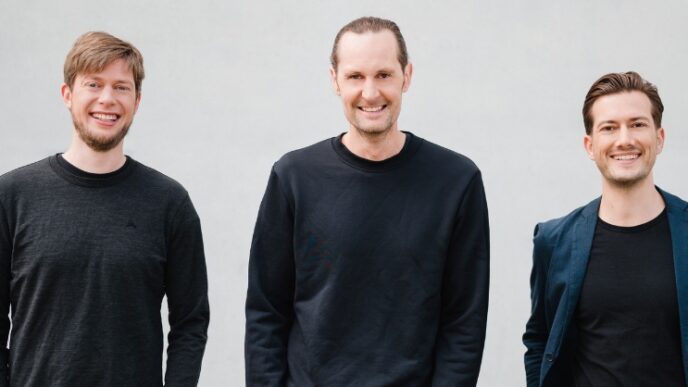Strava is stepping up its game in the fitness tech world. Just weeks after acquiring Runna, the company has now bought key assets from The Breakaway—a cycling app born out of Y Combinator. This Strava acquisition reflects a clear ambition: to build a richer, sport-specific platform for every kind of athlete.
While Strava didn’t reveal the purchase price, insiders estimate the deal to be worth $15 to $25 million. The Breakaway had raised $3 million in total funding, with its last round closing in early 2022. By comparison, Runna was acquired for more than $40 million after raising £10 million.
Strava’s latest funding round pushes its valuation to $2.2 billion. That milestone shows how much investor confidence the company has gained. It’s no longer just a social fitness app—Strava is becoming a full-fledged training platform.
Why The Breakaway Made Strategic Sense
This deal isn’t just about features. The Breakaway was co-founded by Jordan Kobert and Kyle Yugawa—both former Strava employees. Their background in cycling analytics helped shape the app’s direction, and likely made acquisition talks smoother.
The Breakaway stands out for its AI-driven training. It analyzes power data across 12 time intervals, from quick sprints to long endurance rides. Based on this, it generates tailored workouts for each rider. Its “Power Skills” tool lets cyclists track progress across eight levels, giving both pros and casual riders insight into performance.
There’s also a key data point: Breakaway users who connect to Strava log twice as many activities as other cyclists. That kind of engagement likely influenced the acquisition. More uploads mean more stickiness—and better subscription retention.
Though The Breakaway will stay a separate app, the integration with Strava is already strong. Each ride synced to Strava gets automatically analyzed for personal records. That seamless link adds real value for users.
Strava’s Bigger Vision for Fitness Tech
Strava isn’t trying to build everything from scratch. Instead, it’s buying focused apps that do one thing really well. Runna filled a gap in running; now The Breakaway does the same for cycling. Together, they help turn Strava into a training hub that covers multiple sports.
Cycling has always been at the heart of Strava. CEO Michael Martin recently reaffirmed that cyclists remain a key part of the platform’s global community—even as running grows faster. This mix of new and legacy sports keeps Strava ahead of changing trends.
Revenue is climbing, too. Strava made $275 million last year and is aiming for $500 million in annual recurring revenue. With its $79.99 yearly subscription, it sits comfortably between Breakaway’s lower price point and Runna’s premium tier.
The Breakaway also brings top-tier investors to the table. Backers like General Catalyst, Norwest, and Zone 5 Ventures have deep ties to other digital cycling platforms like Zwift. Their support suggests strong synergy between The Breakaway and larger fitness ecosystems.
For Strava’s estimated 150 million users, the deal means better training options and more tailored experiences. And for The Breakaway’s 50,000+ users, it promises faster updates and improved features.
Strava’s developer API strategy remains critical. With over 100 third-party apps already integrated, acquiring successful developers like The Breakaway strengthens its position. It also helps ensure exclusive access to features that other platforms can’t offer.
As competition from Apple, Google, and Nike intensifies, Strava’s acquisition playbook may be the edge it needs. By owning the tools that keep users engaged, it’s building not just a product—but a fitness ecosystem.













